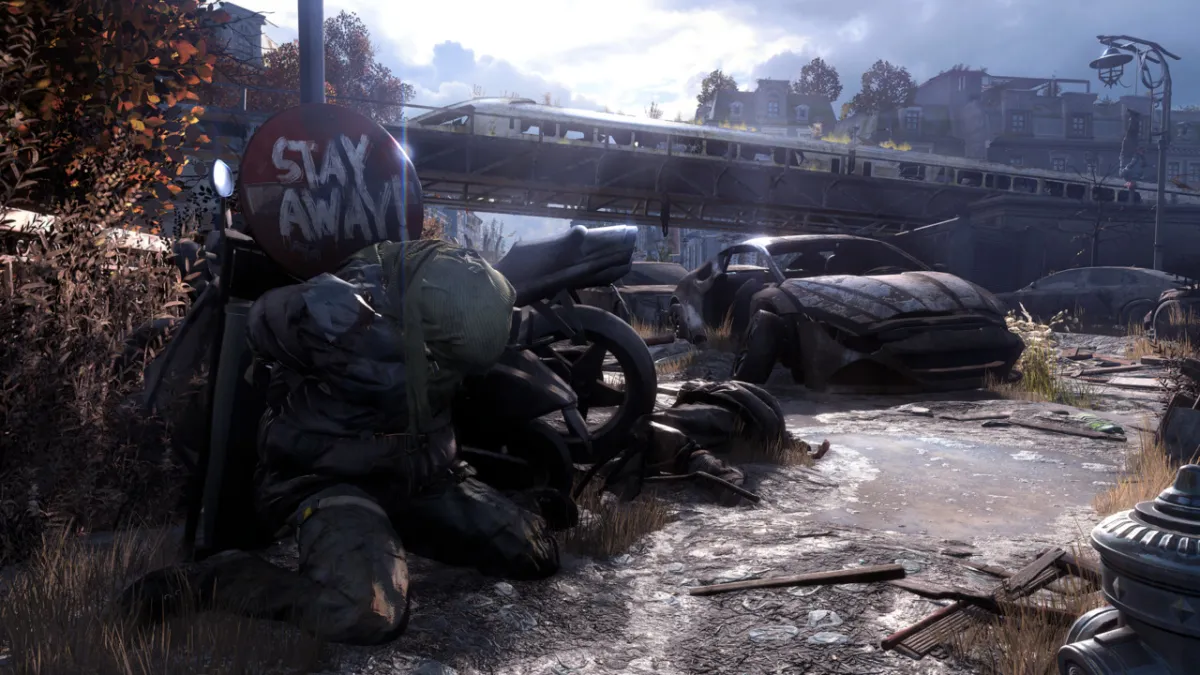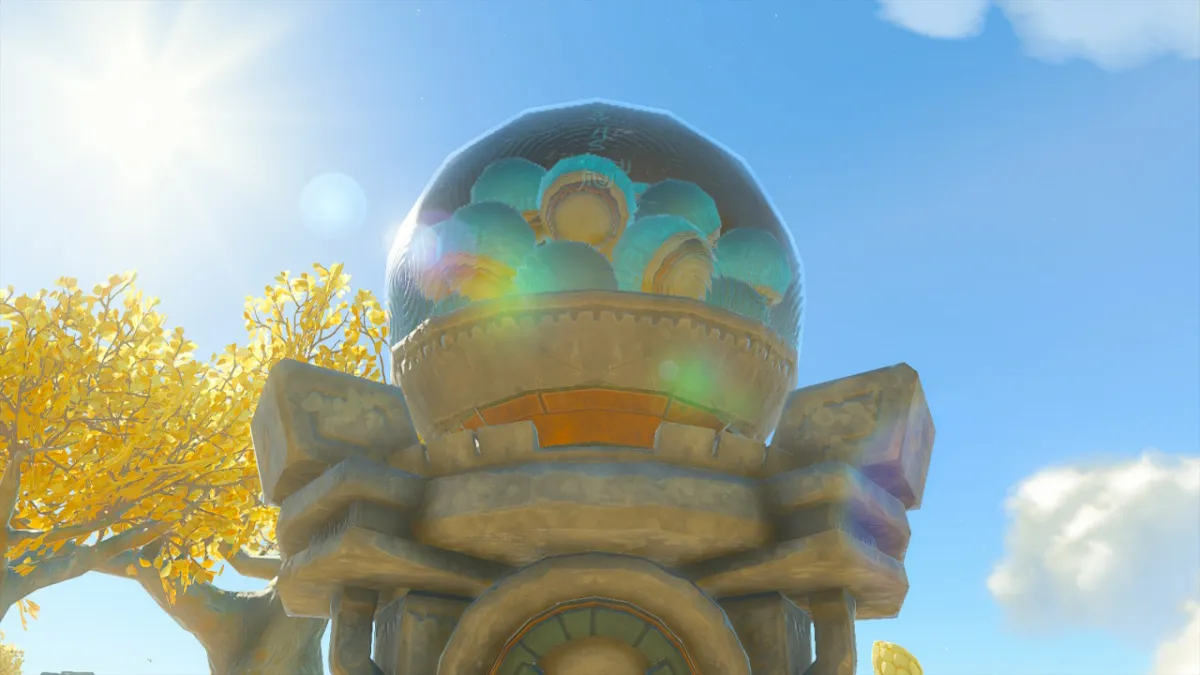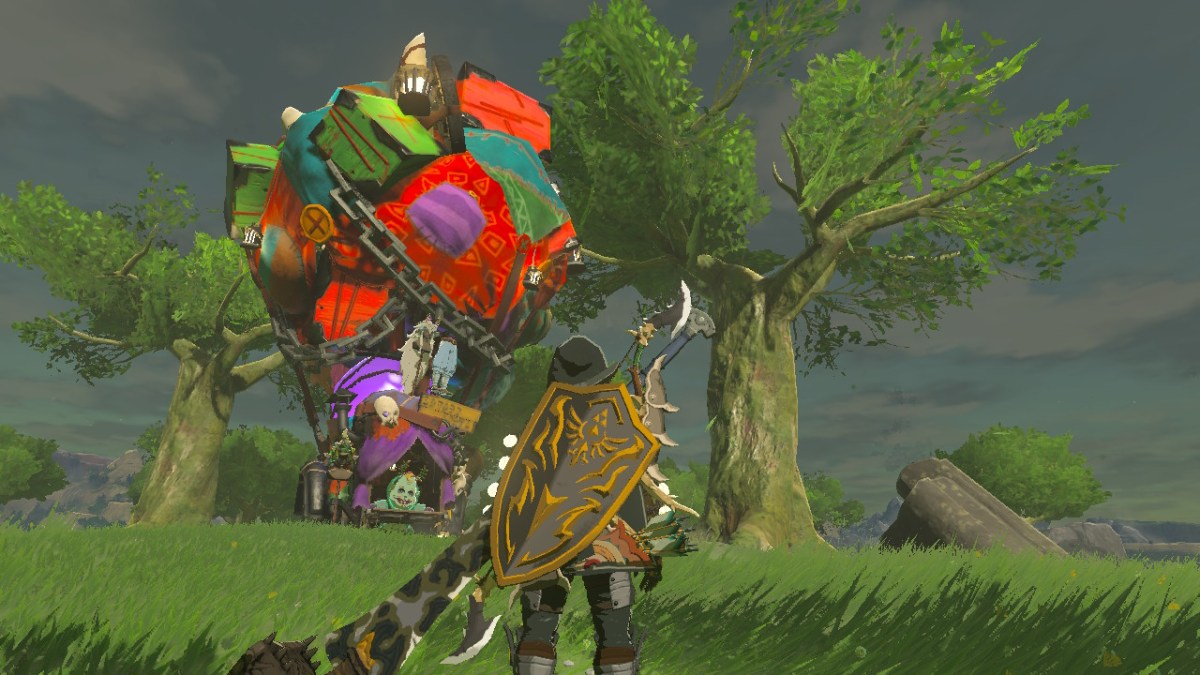Dying Light 2 is a massive game, and players can choose between three different graphics modes before they begin their journey through the city. These graphics modes are only available on PlayStation 5 and Xbox Series X, so last-gen console owners are stuck with the default resolution and framerate. Xbox Series S players won’t be able to change anything either, unfortunately. These three graphics modes offer three very different experiences, but there’s something for everyone. Here’s what you need to know about all three graphics modes in Dying Light 2.
Dying Light 2 Graphics Modes Explained
There are three graphics modes available in the next-gen version of Dying Light 2 on PlayStation 5 and Xbox Series X, and each of them is listed below.
- Performance Mode: 1080p at 60 FPS
- Resolution Mode: 4K at 30 FPS
- Quality Mode: 1080p at 30 FPS with Ray-Tracing
By default, the game begins in Performance Mode. This allows the game to run at 60 FPS, but it drops the resolution to 1080p. If you’re only using a 1080p display, then this won’t be an issue for you, but players with large 4K displays may find the game to be a bit blurry on this setting. Most PS5 and Xbox Series X games that feature a similar mode are able to achieve 1440p at 60 FPS, so hopefully Techland can further optimize the game and increase the Performance Mode resolution in a future patch.
For those that prefer better image quality over a higher framerate, there’s Resolution Mode and Quality Mode. Resolution Mode offers a nearly native 4K resolution, but it locks the framerate at 30 FPS. The picture is incredibly sharp though, and the city’s skyline really stands out in this mode. If you have a 4K display, this is a good mode to pick if you don’t mind playing at 30 FPS.
Ray-Tracing is a huge buzzword for this console generation, and Quality Mode adds just that to Dying Light 2. It’s locked at 30 FPS and the resolution is only 1080p, but this mode enables ray-traced shadows and ambient occlusion. This adds a new layer of depth to scenes and makes the lighting look much better in every area. If you can tolerate a low resolution and low framerate, or if you’re on a 1080p display and don’t mind the 30 FPS lock, this mode makes the game look really pretty.
Which Graphics Mode is Best?
Overall, Performance Mode seems to be the winner. You just can’t beat that smooth 60 FPS for a game like Dying Light 2. Running across the rooftops of Villedor is thrilling, and the high framerate really delivers that sense of speed. Combat also feels great at 60 FPS, and you should have an easier time nailing perfect blocks and dodges. If you want a cleaner image or fancier graphical effects, then you can enable Resolution Mode or Quality Mode, but Performance Mode will provide the best overall experience.
Dying Light 2 is available now on PC, PS4, PS5, Xbox One, and Xbox Series X|S. A Nintendo Switch version of the game will be released later this year.









Published: Feb 7, 2022 03:39 pm